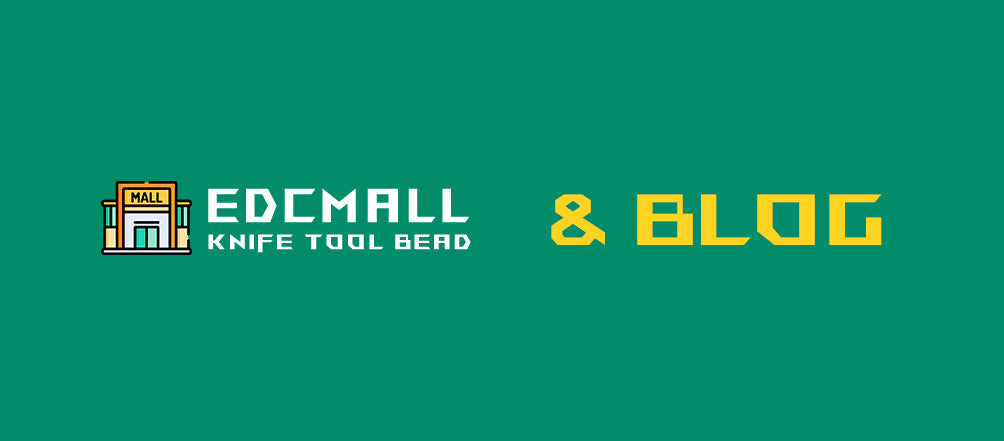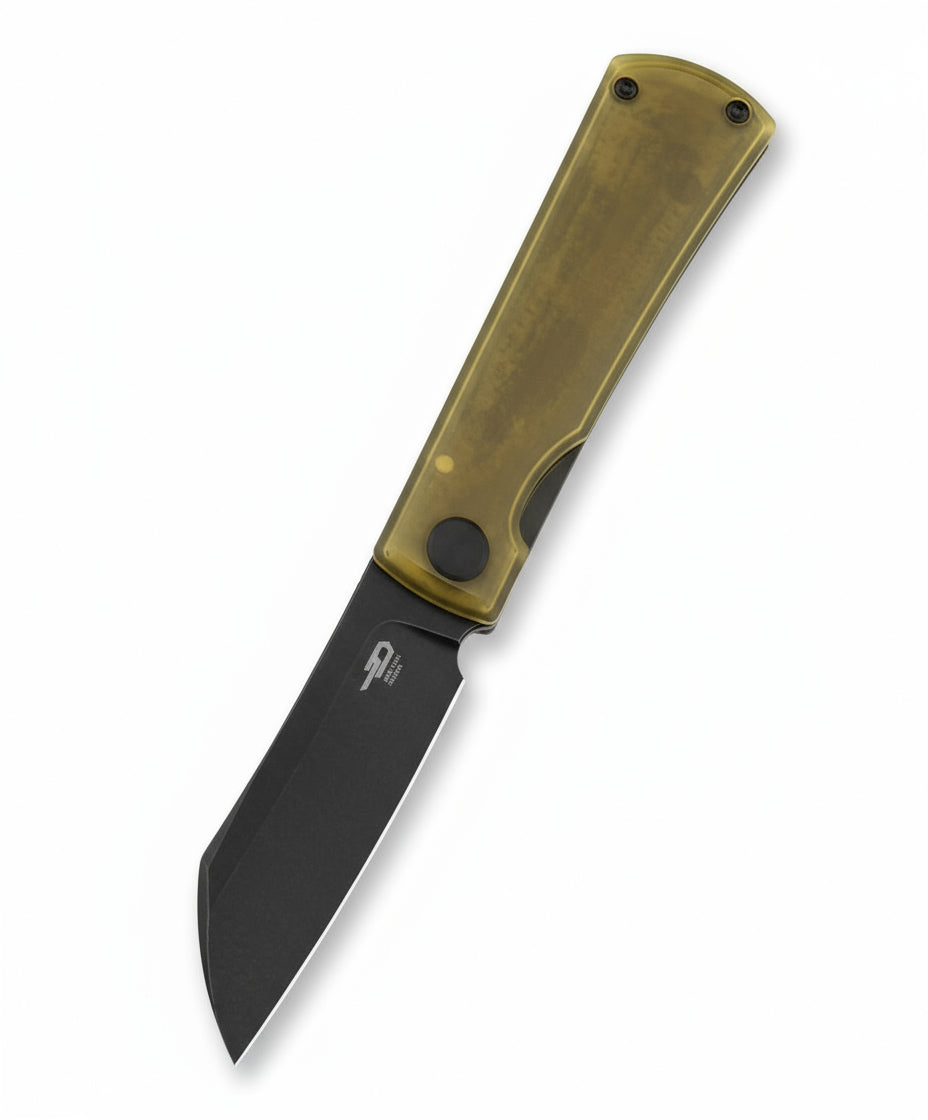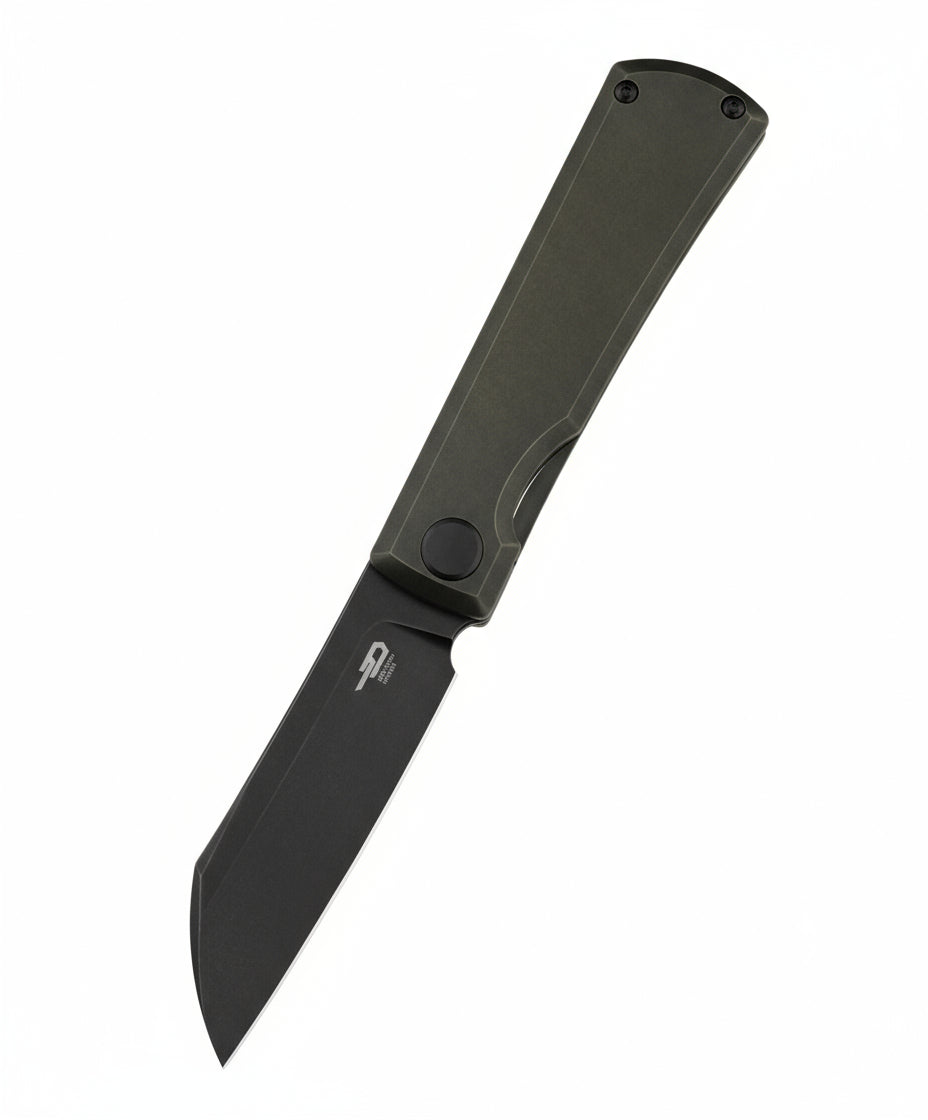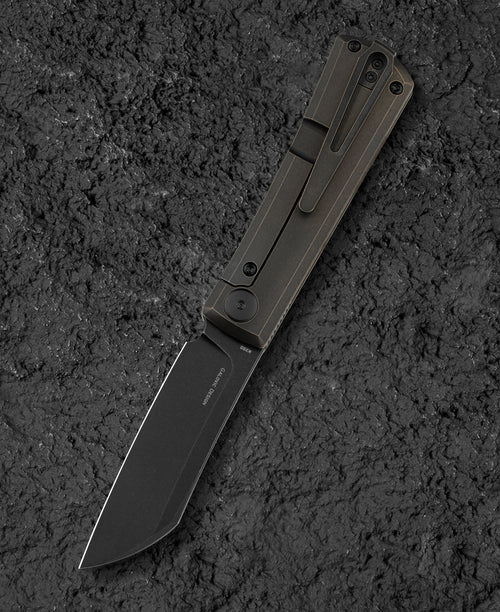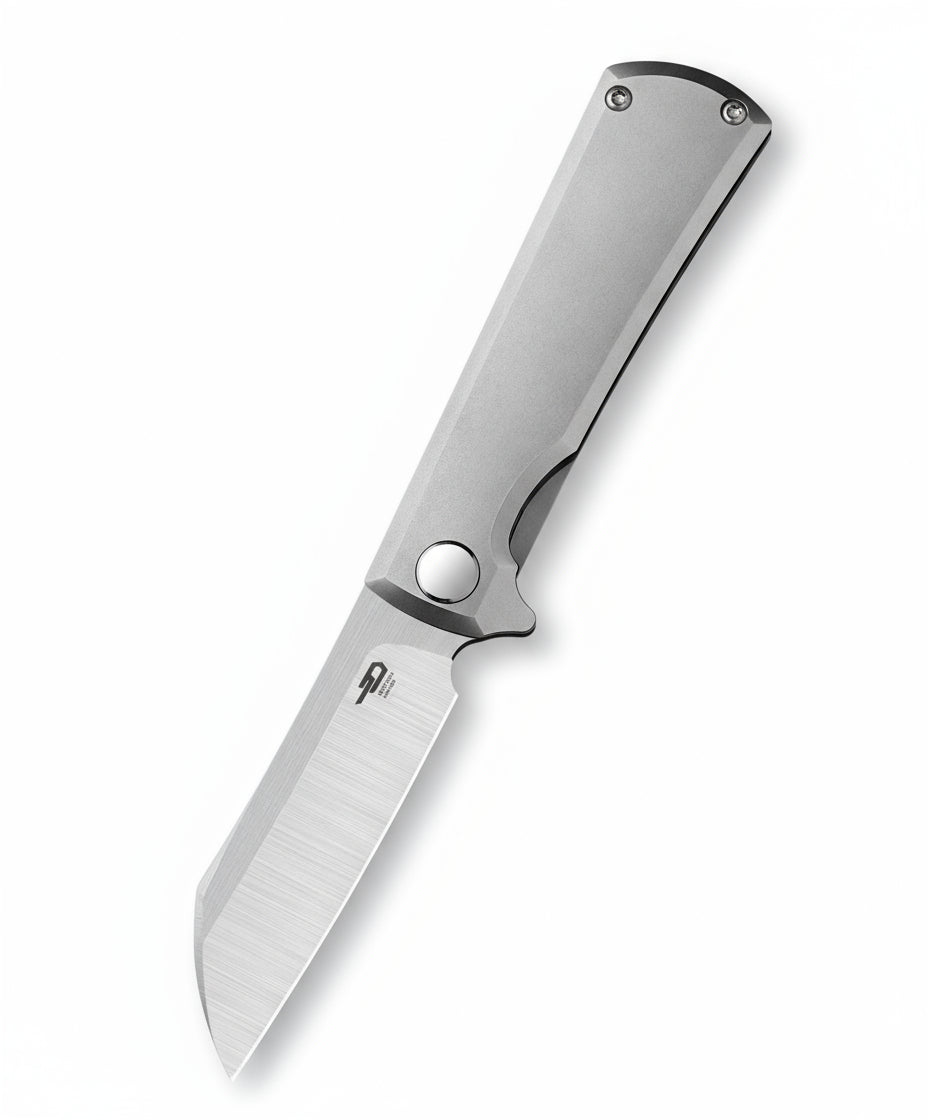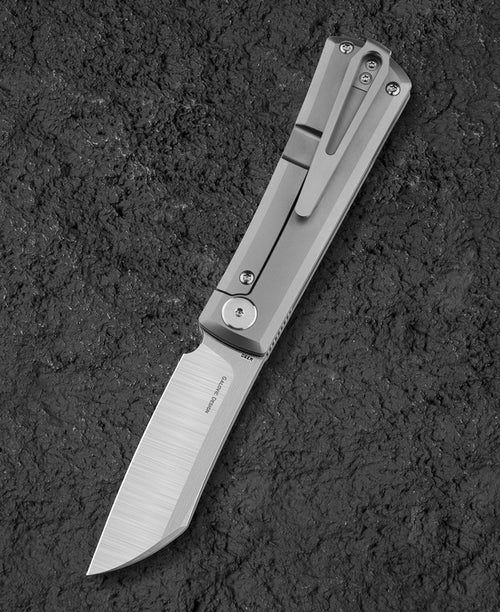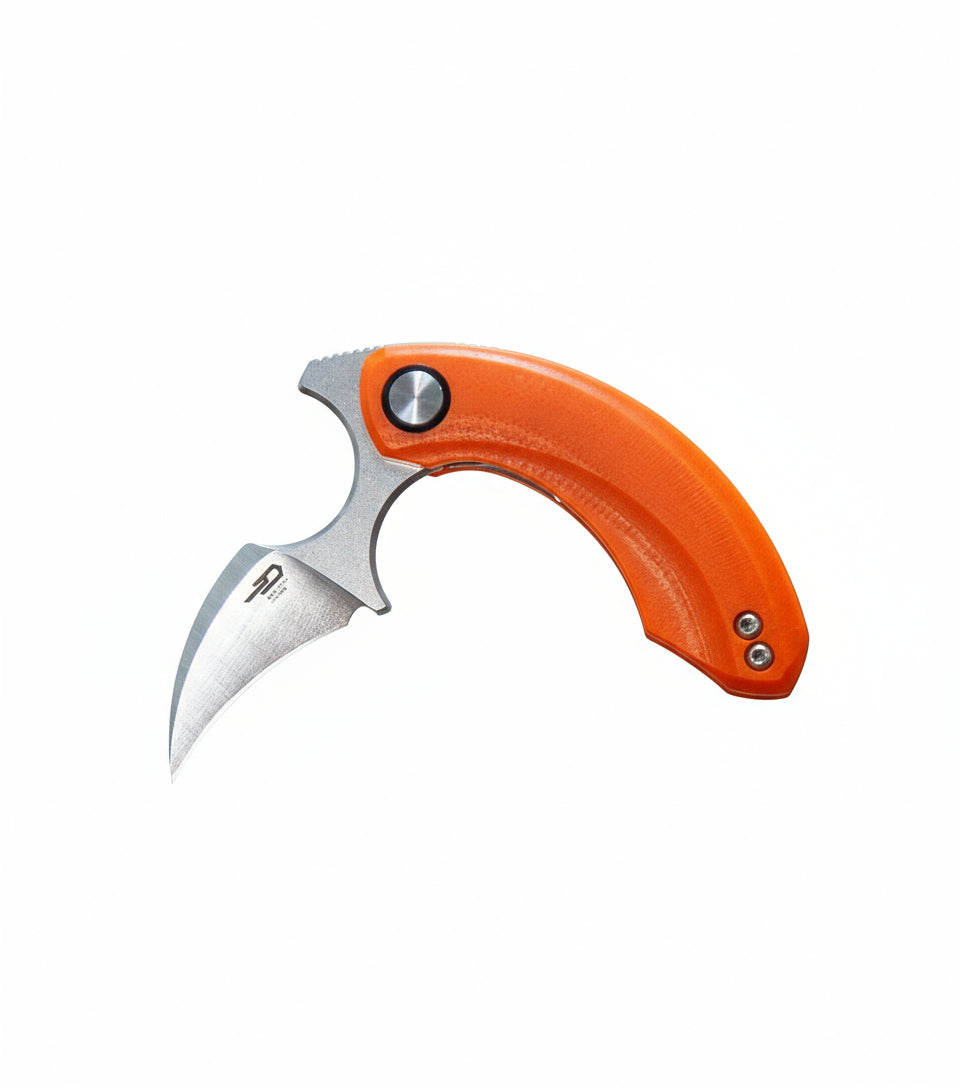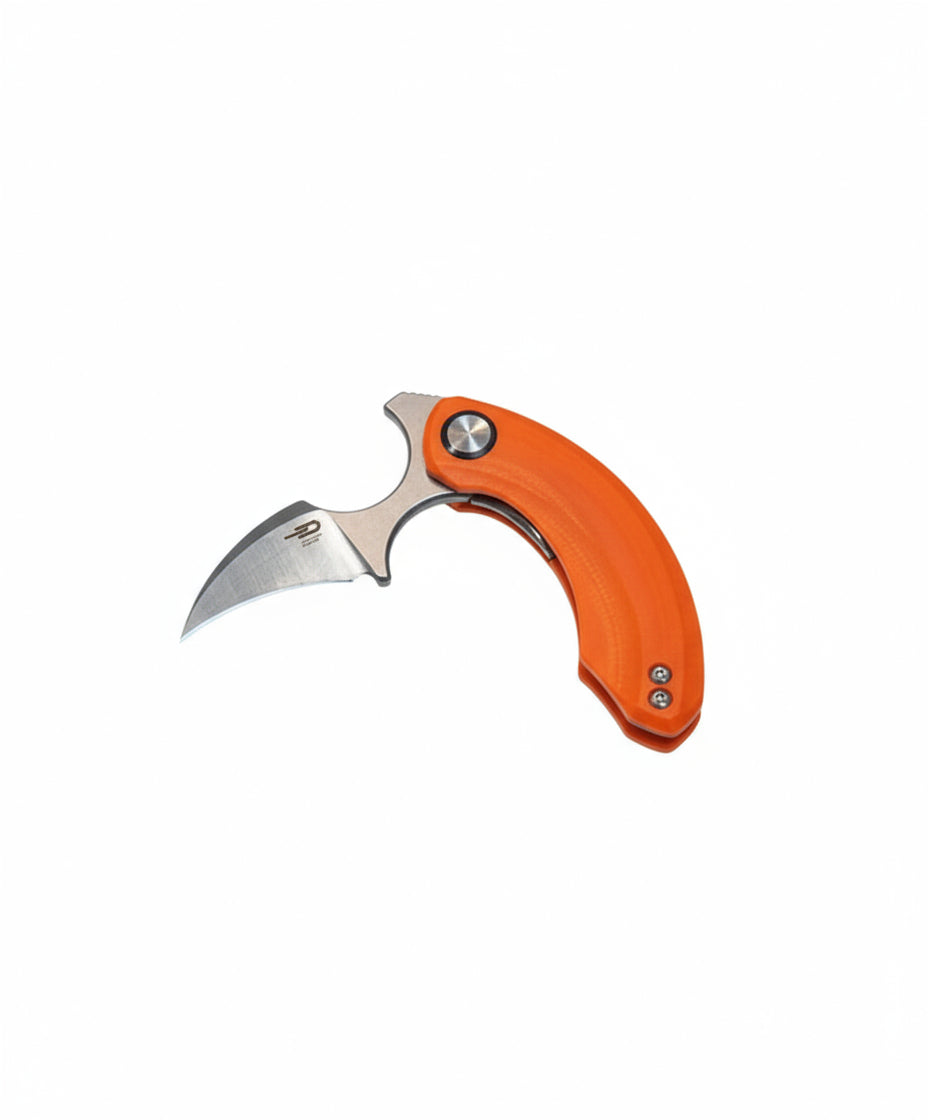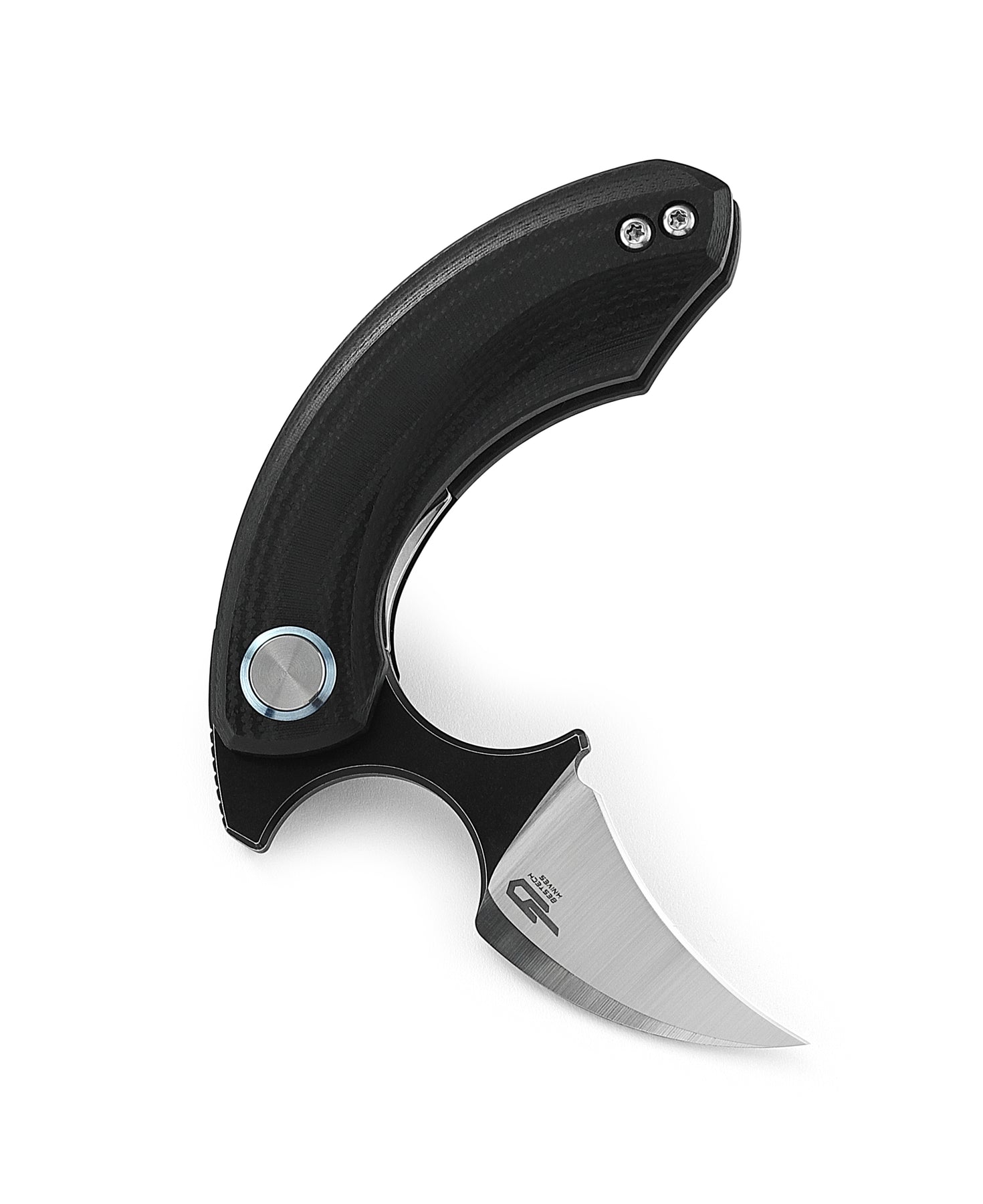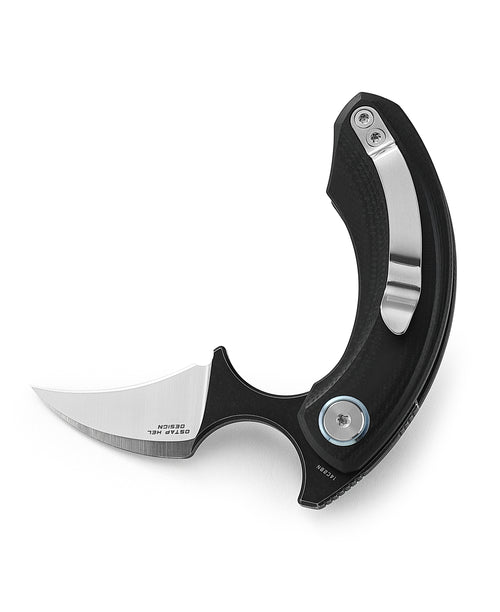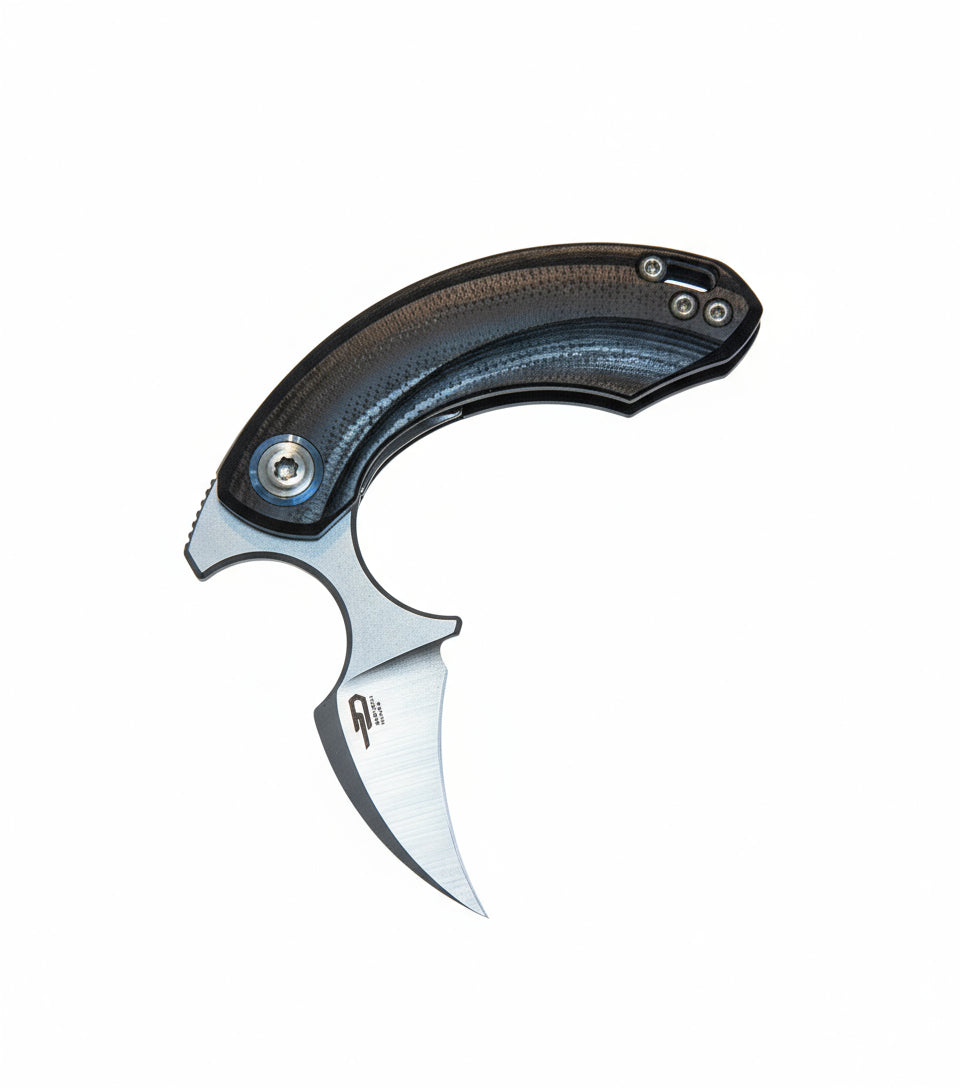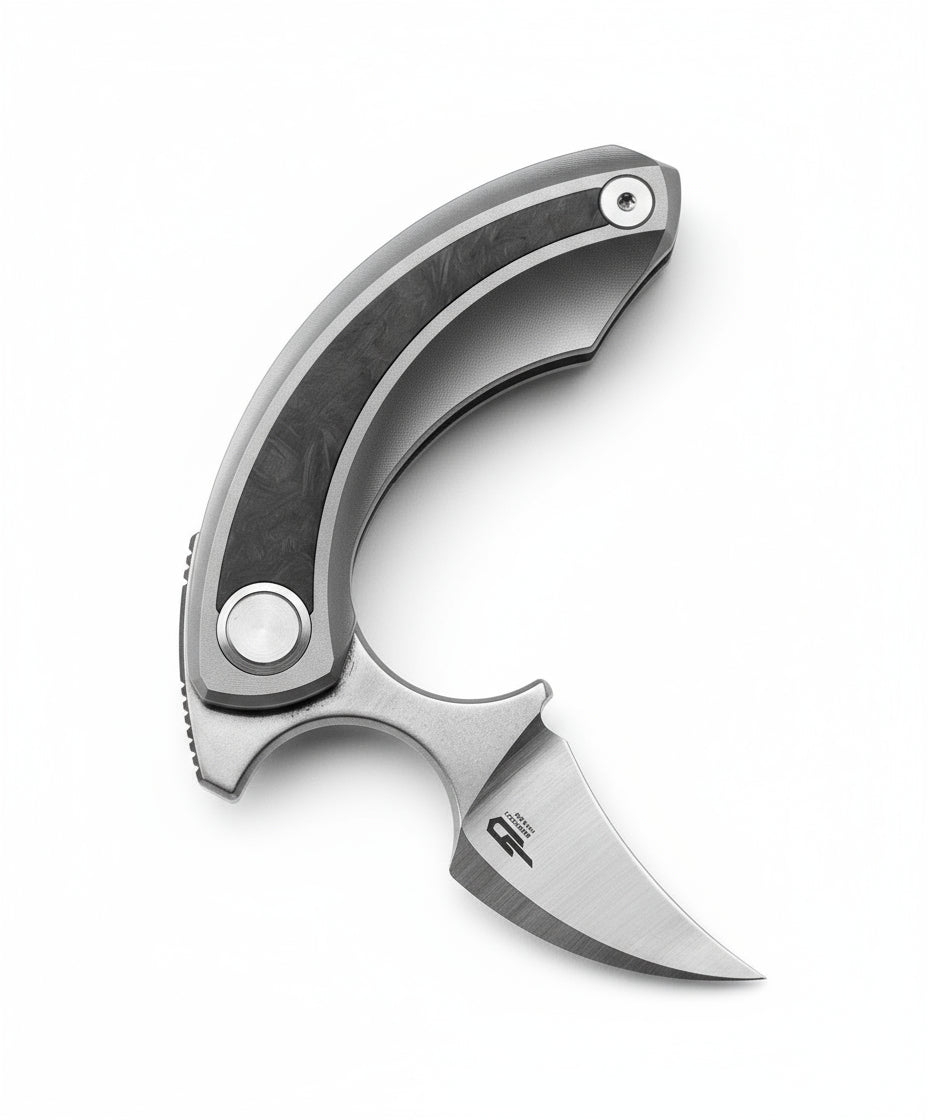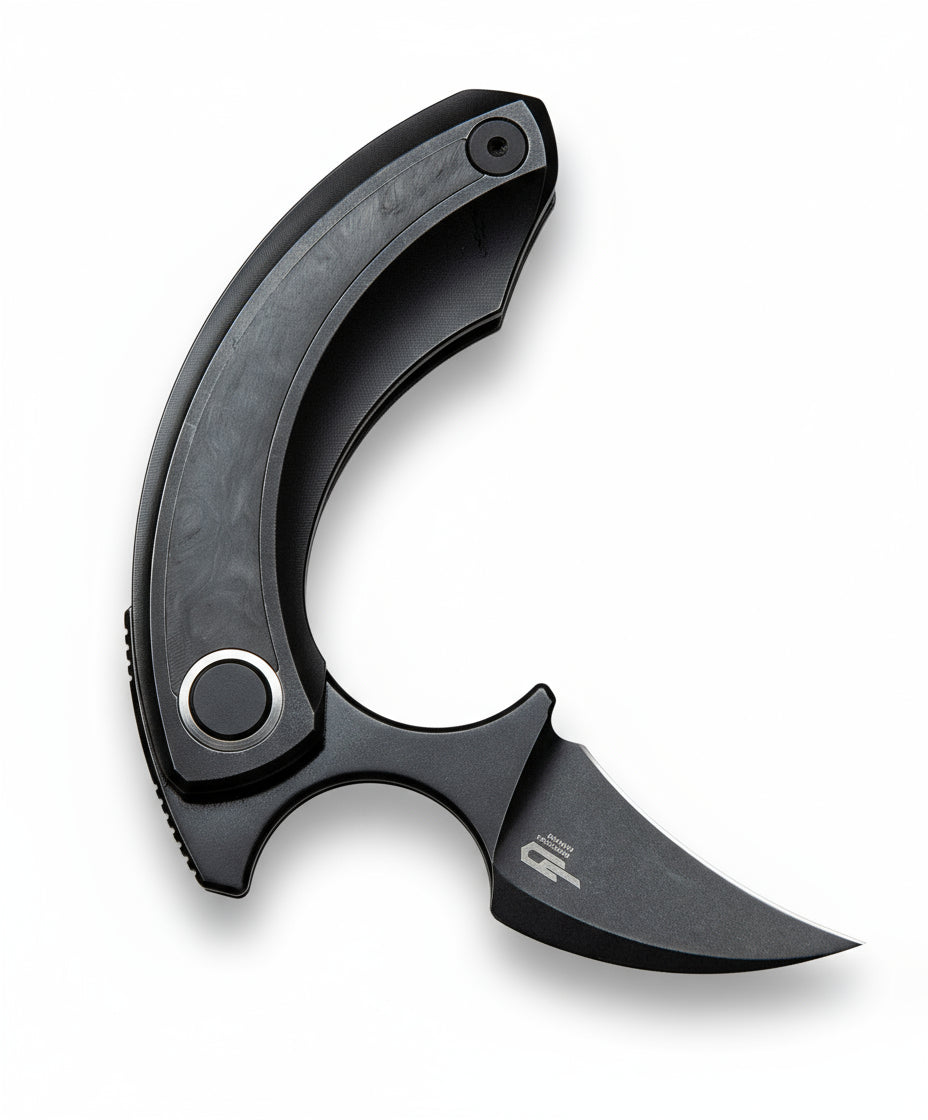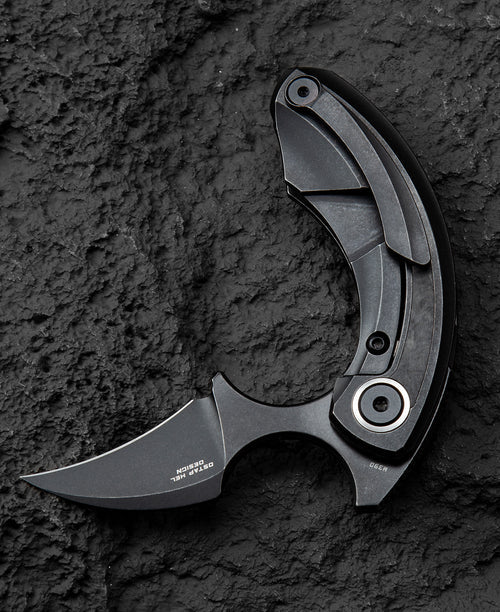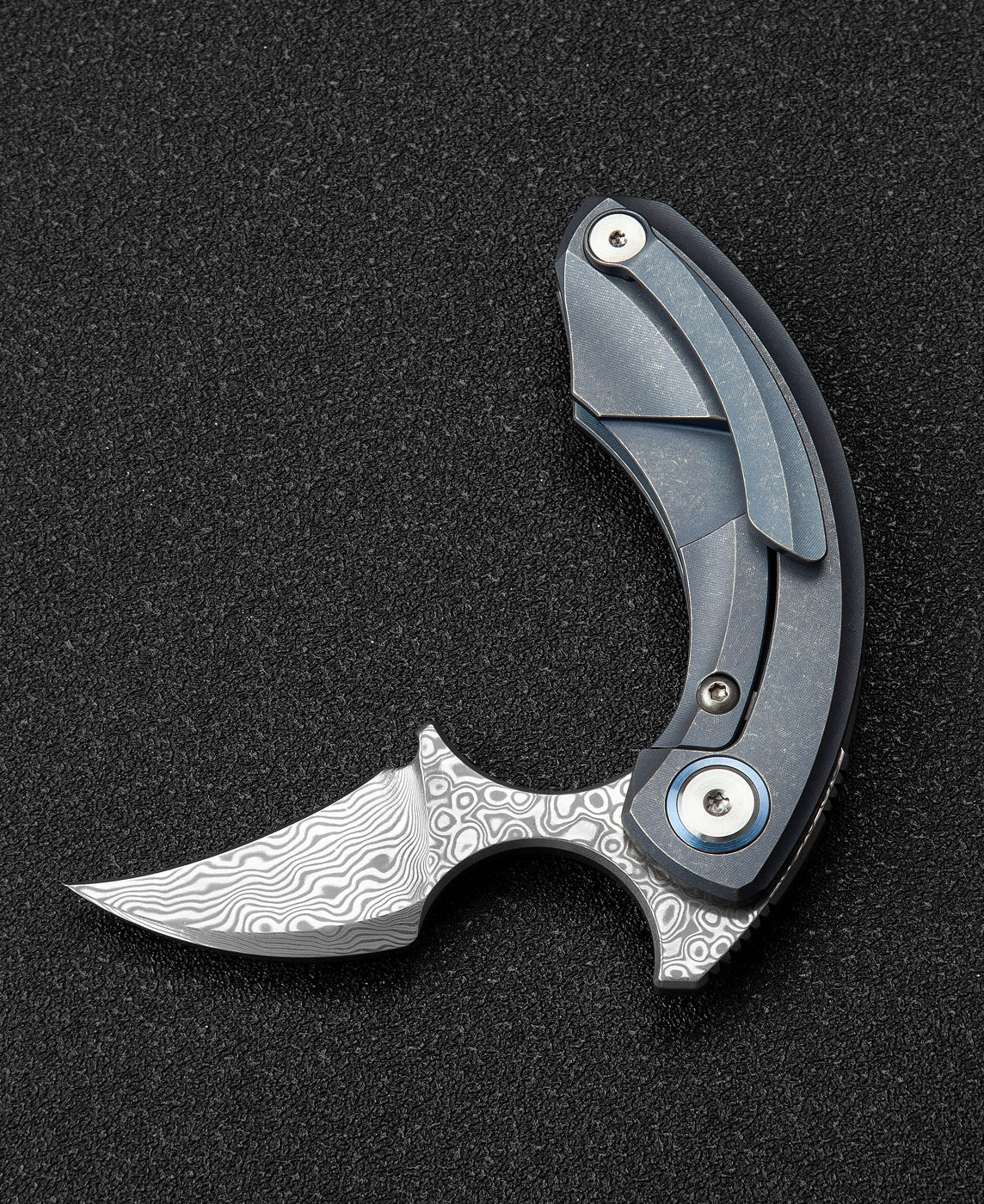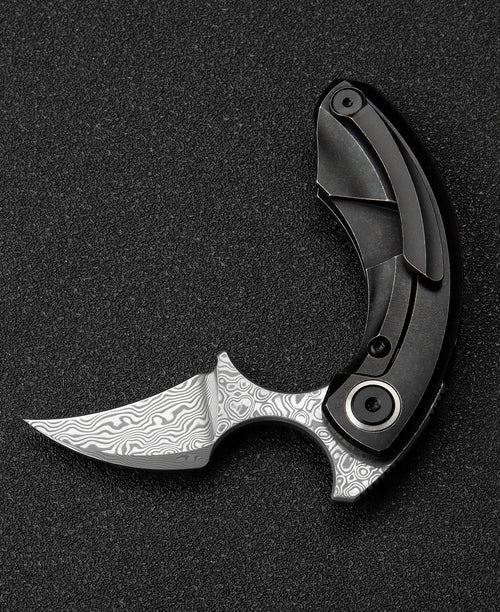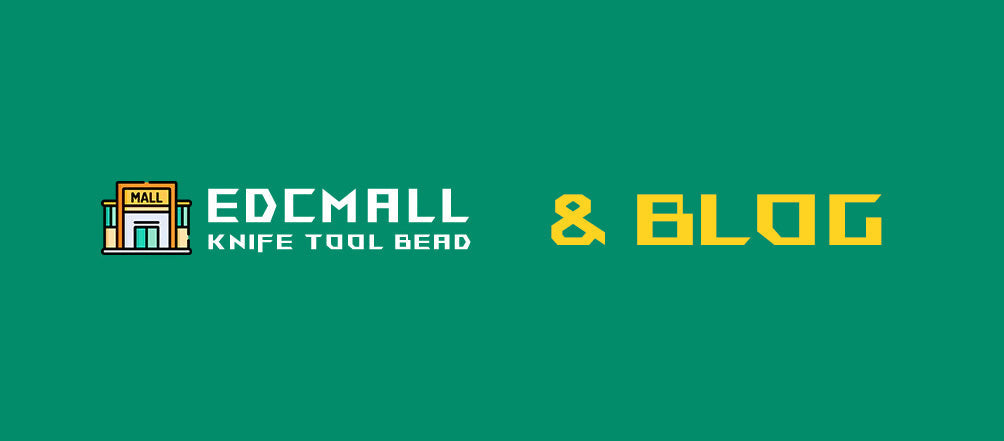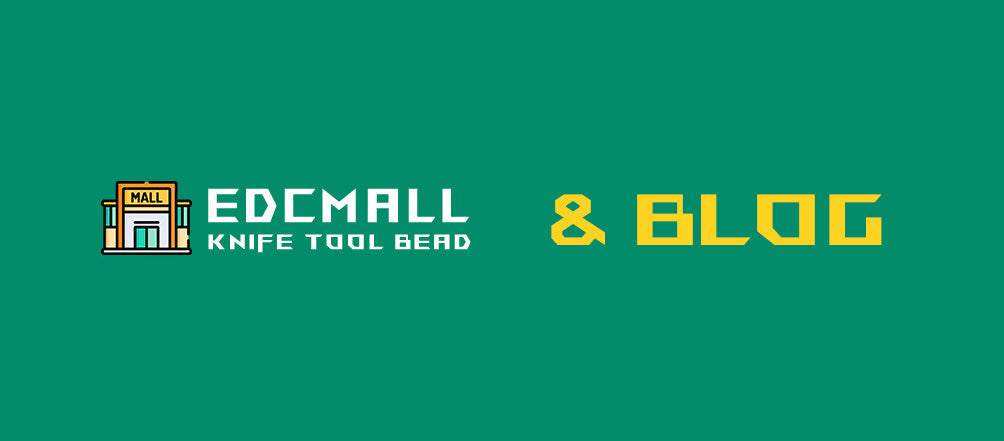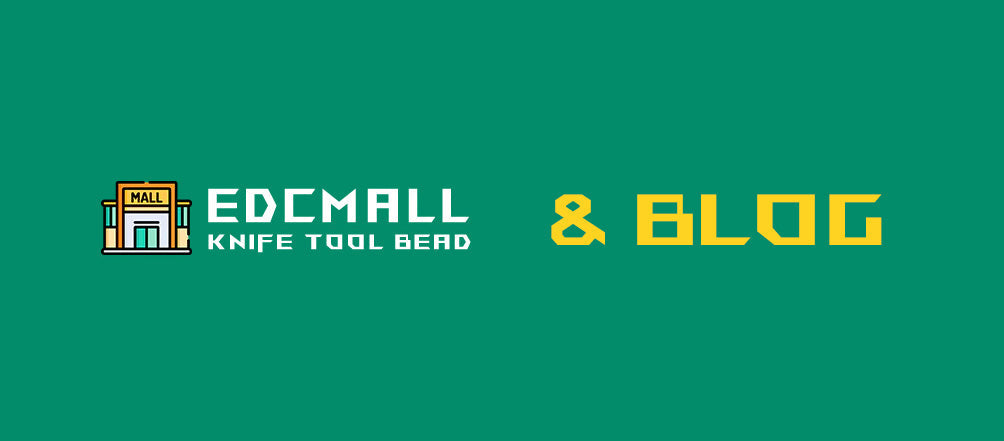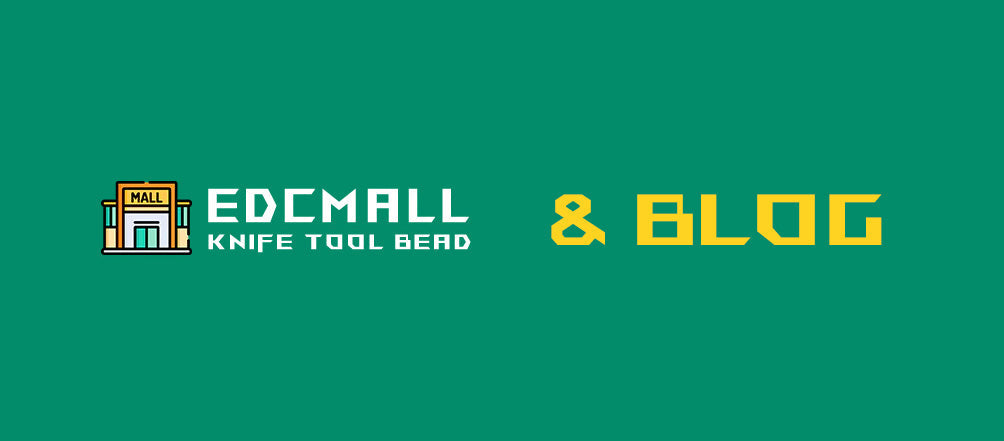When it comes to choosing the right steel for your knives, the options can be overwhelming. Two popular choices in the knife-making industry are 420hc and CTS BD1N. But which one is better? Let's dive into the details to find out.
What is 420hc Steel?
420hc is a stainless steel that is commonly used in knife blades. It is known for its corrosion resistance and ease of sharpening. With a carbon content of around 0.4-0.5%, 420hc steel offers decent edge retention and is relatively easy to maintain.
What is CTS BD1N Steel?
On the other hand, CTS BD1N is a high-performance stainless steel that is gaining popularity in the knife community. With a higher carbon content (around 0.75%) than 420hc, CTS BD1N offers superior edge retention and wear resistance. This steel is also known for its toughness and ability to hold a sharp edge for longer periods.
Comparing the Two Steels
When it comes to edge retention and wear resistance, CTS BD1N outperforms 420hc steel by a significant margin. This makes CTS BD1N a great choice for users who require a knife that can withstand heavy use without frequent sharpening.
However, 420hc steel has its own advantages. It is easier to sharpen and maintain compared to CTS BD1N, making it a good option for beginners or users who prefer easy maintenance.
Which Steel is Better?
Ultimately, the choice between 420hc and CTS BD1N steel depends on your specific needs and preferences. If you prioritize edge retention and durability, CTS BD1N is the superior choice. On the other hand, if ease of maintenance and sharpening are more important to you, 420hc steel may be the better option.
Both steels have their own strengths and weaknesses, so it's essential to consider how you will be using the knife before making a decision. Whether you're a seasoned outdoorsman or a casual knife user, choosing the right steel can make a significant difference in your overall knife experience.

